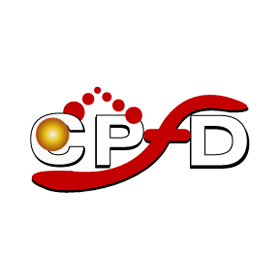Accurately predict the position of blood vessels in the product's form pattern.
This is a casting engineering software that simulates the modeling of lost foam pattern pouring formation.
Inquire About This Product
basic information
【Features】 ○ Predicts latent pattern defects, eliminating the need for part cutting or pouring for inspection. ○ Optimizes parameters of the filling gun and vent positions. ○ Enables the formation of a uniform distribution of homogeneous density forms. ○ Provides detailed insights into the lost foam pattern filling process. ○ Reduces scrap. ● For more details, please contact us.
Price information
Please feel free to contact us.
Delivery Time
※Please feel free to contact us.
Applications/Examples of results
Analysis of cyclones, turbulent fluidized beds, CFB risers, and fluidized beds. ● For more details, please contact us.
Company information
Visualization of particle flow is said to be nearly impossible in practice, and even small-scale experimental setups are limited to measuring pressure differences, with no detailed distribution data available. Additionally, the effects of scale are unclear, and there is little observational data on particle characteristics from actual plants. However, in recent years, large-scale fluidized bed visualization experiments have been conducted to investigate fluidized bed characteristics, and BARRACUDA has been compared and validated. Since the CPFD method was validated in casting (sand core blowing) and chemical plants, its application has been rapidly expanded to other fields. CPFD is developed by CPFD Software, Inc. in the United States, and since the release of the general-purpose particle flow analysis software BARRACUDA, it has been utilized for the analysis of chemical plant equipment (fluidized beds, risers, cyclones, and reactors), drawing attention for its high practicality (accuracy and computational speed).








![[Leveling Correction] Leveling correction of concrete floors "Teratec Method"](https://image.mono.ipros.com/public/product/image/d08/1267539002/IPROS70063422645318547243.jpeg?w=280&h=280)


